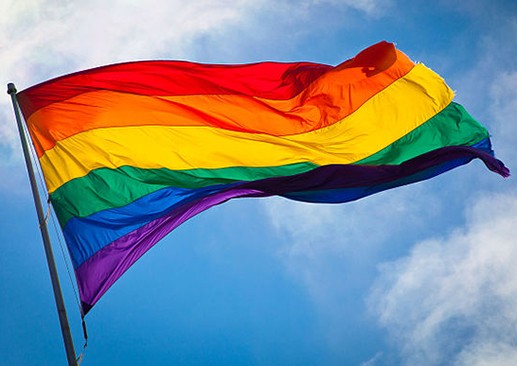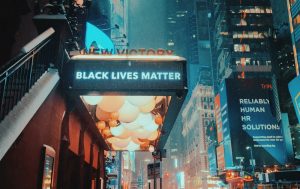June is Pride Month, a celebration of the queer community. Former President Barack Obama proclaimed June to be Pride Month in 2014, a year after the administration struck down key parts of the Defense of Marriage Act. A year later, same-sex marriage was legalized nationawide with Obergefell v. Hodges.
Pride Month also marks the anniversary of the 1969 Stonewall Riots, where members and activists of the LGBTQ community, particularly black trans women, fought back against police brutality and harassment in Greenwich Village. The commissioner of New York Police Department recently apologized for the department’s raid on the gay bar, calling them “discriminatory and oppressive.”
Starting with looking into LGBTQIA-run and -friendly businesses and nonprofits, here are a few more ideas for Pride Month.
Corporations and Companies
Though major corporations use Pride Month memorabilia and symbols in their advertisements, look into whether these companies are truly LGBTQIA-friendly. For example, Adidas, which sells Pride-related merchandise every June, was criticized for being a major sponsor of the 2018 Russia World Cup, the country being infamous for its anti-LGBTIA laws, such as Checyna’s purge of gay and bisexual men.
How do companies in your area support their queer employees, charities, or the LGBTQIA community? Where do their donations, for both political and business-related purposes, go? Start with the Corporate Equality Index report for 2019, which rates workplaces on LGBTQIA equality.
Also research brands and companies where the money goes to support the LGBTQIA community, such as various fashion companies, which donate a portion of their profits to charities such as the Stonewall National Monument and the It Gets Better nonprofit.
Media
The GLAAD Media Institute reports that though LGBTQIA representation is increasing in broadcast, streaming, and cable TV shows, there is still a need for wider representation in Hollywood, particularly in “multiple marginalized identities,” such as people of color, those with disabilities, the trans and nonbinary community, etc.
Analyze the consumption of books, movies, TV shows, theater, magazines, etc. Do LGBTQIA media sales increase during Pride Month, for instance? Also take an in-depth into LGBTQIA film festivals; do they have premieres often during June? How do they attract audiences, arrange vendors, manage finances, etc.?
Research and interview LGBTQIA creators in mainstream and/or independent media, as well as LGBTQIA advertisers and publications. YouTube is currently undergoing a controversy, in which it claims to support LGBT creators on its platform but allow and are slow to crack down on hate speech. Creators such as Vox’s Carlos Maza claim to be targeted by discriminatory channels, such as far-right personality Steven Crowder.
It’s also worth looking into the news industry itself, both representation in the stories and within the newsroom. Though companies such as The New York Times publish annual diversity reports, it doesn’t include LGBT employees. The Association of LGBTQ Journalists, or NLGJA, will be a helpful starting resource.
Everyday Life
LGBTQIA-related business stories can be found in any area, from employment, leisure, health, and more, as well as from prominent national stories.
The World Health Organization (WHO) announced in May that it will stop classifying transgender as a “mental disorder.” Even so, the Trump administration is facing criticism about its stance on rolling back protections for the LGBTQIA community, particularly for transgender people in healthcare sectors, including treatment refusals and the costs of transitioning. There is also the need to address HIV/AIDs within the community, as “gay, bisexual, and other men who have sex with men bear the greatest burden by risk group,” according to HIV.gov.
Retirement communities–and housing in general–are another area to consider. For instance, Sageusa.org advocates for housing resources for older LGBTQIA people, and some LGBTQIA resource centers house teens and young adults who were kicked out of their homes because of their sexuality.










